Knowledgebase
Kingshay's Knowledgebase - Slurry Stores
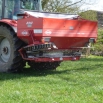
As the biggest agricultural contributor to UK ammonia emissions, dairy farmers are under increasing pressure to improve air quality. At present we are not on track to mee...
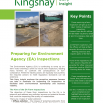
The Environment Agency (EA) is continuing to ramp up on-farm visits following a drive to recruit new inspectors, leading many farmers to confront the consequences of non-...

The spread of bovine TB (bTB) on farm can potentially be reduced by adopting certain management practices. Transmission risks for bTB include infected wildlife (particula...
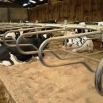
Well maintained sand cubicles can provide an excellent bed for milking cows. If kept clean, sand does not support bacterial growth and can therefore present a lower masti...
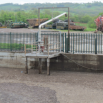
The use of acidification or pH reduction systems to lower the pH of slurry is increasingly being talked about by Government as a means of hitting ammonia and methane redu...
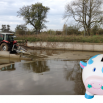
Each year, the UK generates 83 million tonnes of livestock waste, with cattle accounting for 80% of this total. Of that, 47% is slurry - meaning farmers must manage over ...
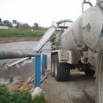
Slurry additives are sold with a range of product claims. These include enhanced nutrient availability, improved slurry consistency with less crust development and reduce...
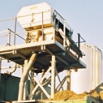
Separating the solid and liquid slurry fractions gives a range of benefits including making slurry easier to handle and reducing its volume by about 20%. If you are in an...
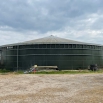
Restrictions on winter slurry spreading to prevent pollution and the greater need to make more efficient use of farm nutrients because of rising fertiliser costs means al...
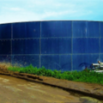
Restrictions on winter slurry spreading to prevent pollution and the greater need to make more efficient use of farm nutrients because of rising fertiliser costs means al...
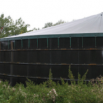
Fulfilling legal requirements for sufficient slurry storage could facilitate better use of farm nutrients, which could benefit both the environment, and your back pocket....
